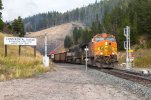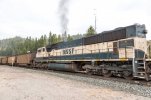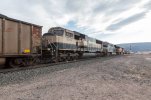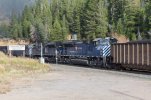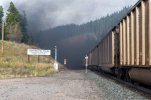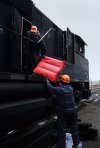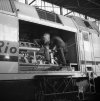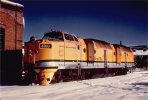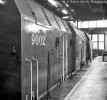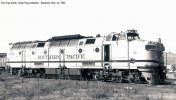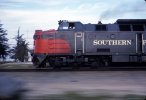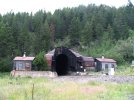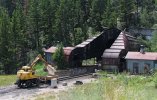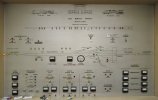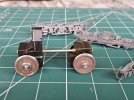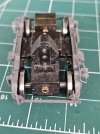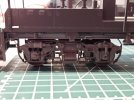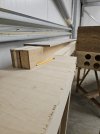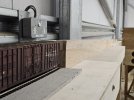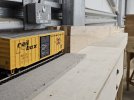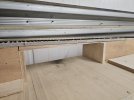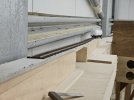simond
Western Thunderer
I’m puzzled by a diesel prime mover running rich.
You don’t throttle a diesel, you run it progressively weaker to reduce its power, so at full chat, it should be given *all* the fuel it can burn. If it isn’t burning it, that suggests too little (mass of) oxygen in the cylinder.
This suggests that the turbo boost pressure is low, the altitude is too high,(same thing), too much fuel, clogged/blocked air filters, or the oxygen content of the feed air is reduced. The first three are within the bounds of the designer‘s calculator, the last might be a bit difficult to estimate. Perhaps the airflow around the leading locos is sufficiently limited, and the combined consumption of the first few is enough to compromise the ones further down the train?
You don’t throttle a diesel, you run it progressively weaker to reduce its power, so at full chat, it should be given *all* the fuel it can burn. If it isn’t burning it, that suggests too little (mass of) oxygen in the cylinder.
This suggests that the turbo boost pressure is low, the altitude is too high,(same thing), too much fuel, clogged/blocked air filters, or the oxygen content of the feed air is reduced. The first three are within the bounds of the designer‘s calculator, the last might be a bit difficult to estimate. Perhaps the airflow around the leading locos is sufficiently limited, and the combined consumption of the first few is enough to compromise the ones further down the train?

